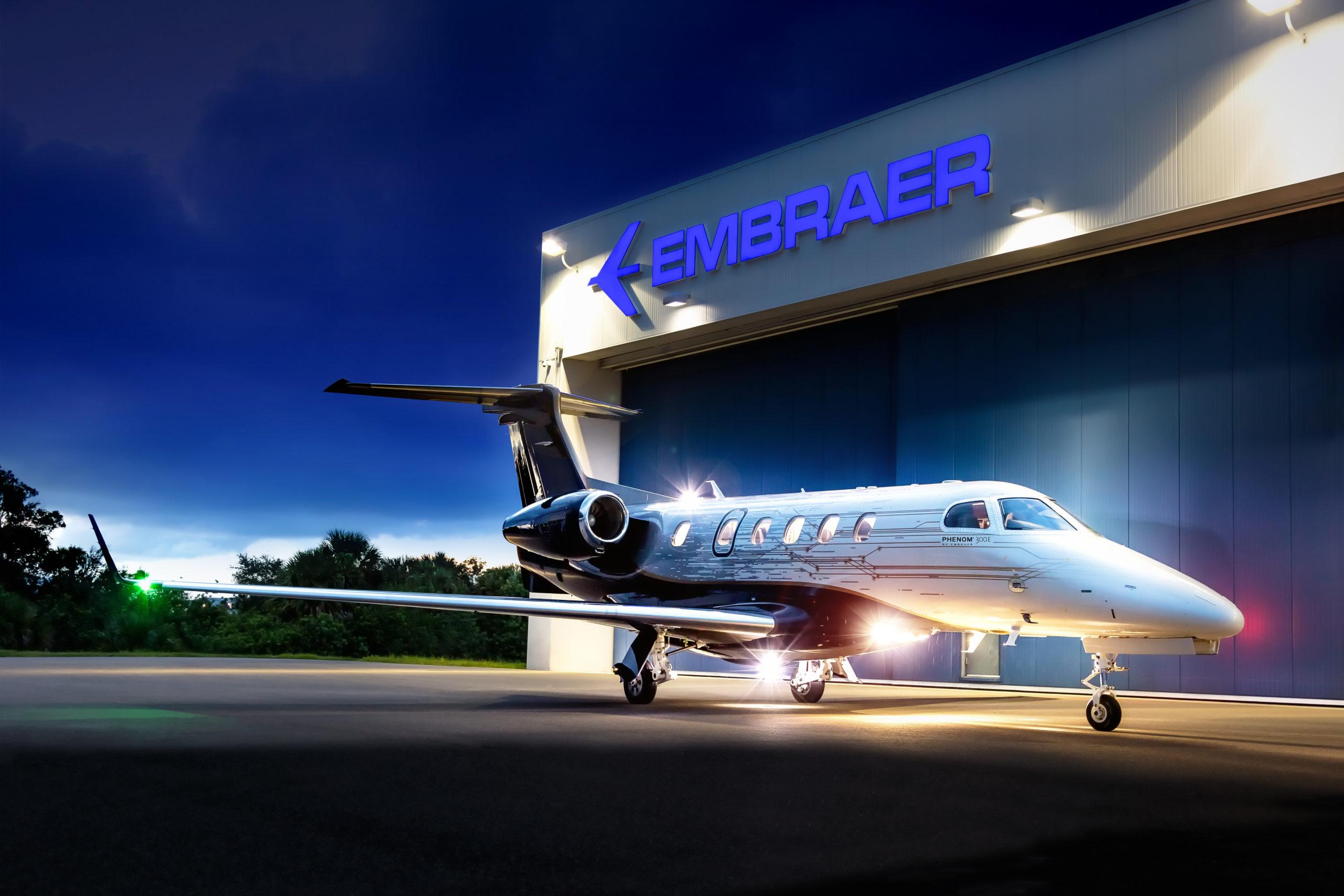
Embraer Executive Jets has adopted aggressive long-term sustainability goals that include achieving carbon neutrality by 2040, reaching net-zero carbon growth starting in 2022 and meeting industry goals to execute zero emissions by 2050.
One of its main actions will be the use of sustainable aviation fuel (SAF). In July, Embraer received its first load of SAF at its Melbourne, Florida, facility for use in demonstration flights. Another truckload of SAF arrived in time to fuel Embraer business jets flying to Las Vegas for the NBAA-BACE show.
“Next year and above, we’re going to increase our adoption of SAF—little by little, because it’s expensive and not so much is available,” says Alvadi Serpa, Embraer Executive Jets director of product strategy. The plan is to fuel 25% of operations with SAF by 2040.
The long-term goal of reaching zero emissions by 2050 will be achieved mostly through electrification and hydrogen, he says. Embraer has modified and flown a technology demonstrator, an Ipanema crop duster, on battery technology. The aircraft began flying in late July.
Once the flights are completed, Embraer plans to convert the aircraft to a hydrogen-powered system for testing. That is expected in the 2025 time frame. The demonstrator will help Embraer understand the challenges of hydrogen, Serpa says.
Other actions include technologies in the cockpit that optimize flight planning during inclement weather to improve operations and reduce fuel consumption—technologies such as the inclusion of head-up displays, as well as required navigation performance and synthetic vision guidance systems, Serpa says.
Embraer also plans to use sustainable and recyclable materials in the interior. The company is studying proof-of-concept materials, such as “leather” made from tobacco, veneers made from scrap materials, and other materials.
“This is a trend coming to the state, “Serpa says. He expects them to be available and on board aircraft in the next 2-3 years.
But sustainable aviation fuel will be the largest contributor to lower emissions, he says.
“If you look at everything combined, you have meaningful reductions in emissions,” Serpa says. “It’s saving the planet.”
